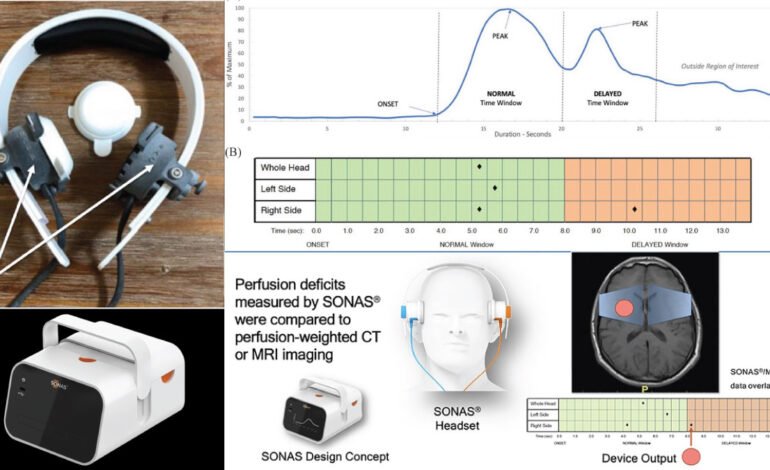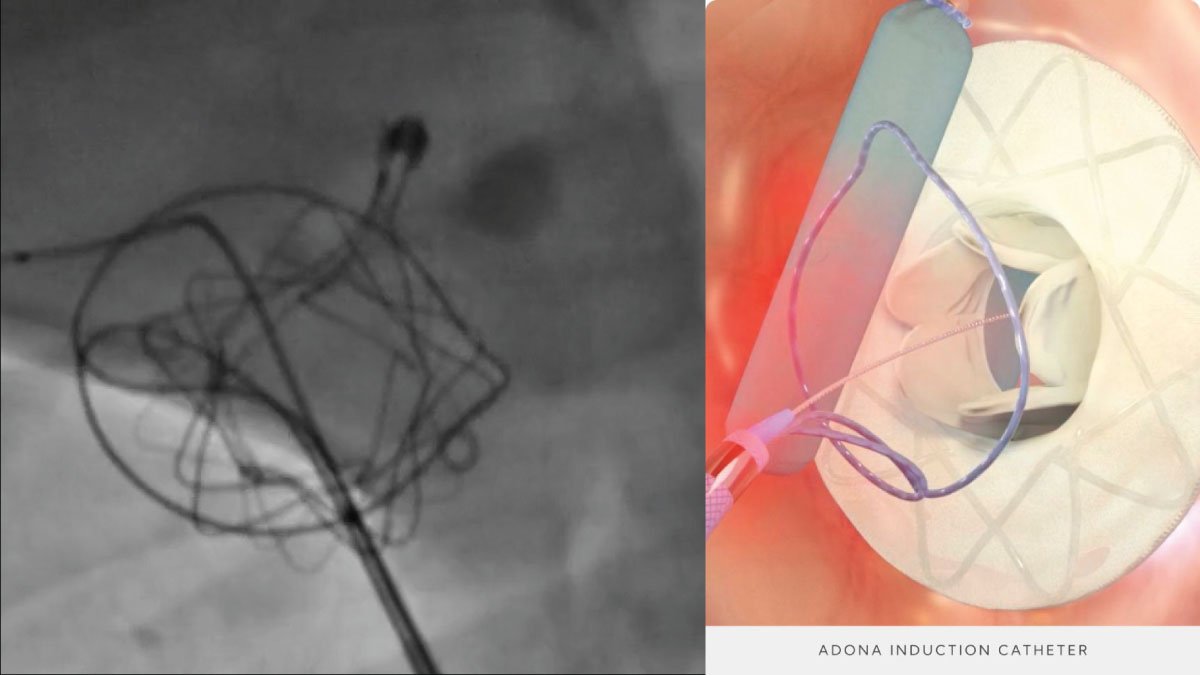SONAS Ultrasound Device Transforms Cerebral Perfusion Assessment in Acute Stroke

The SONAS ultrasound device is transforming the way we detect brain blood flow in patients with acute ischemic strokes. By providing a non-invasive, real-time way to see inside the body, this technology is improving the early detection of strokes, leading to better patient results and opening the door for more advanced stroke treatments.
Benefits of SONAS Ultrasound Device in Stroke Detection
Utilizing microbubble technology, the SONAS ultrasound device introduces a revolutionary method for checking brain blood flow in patients with acute ischemic strokes. Unlike the traditional methods like CT or MRI, the SONAS machine offers real-time, non-invasive imaging that can be done right at the patient’s bedside. This quick approach to diagnosis is essential in stroke care, as every minute counts in preventing permanent brain damage.
The device’s small size and ease of use mean it can be quickly taken to different healthcare locations, from emergency rooms to mobile stroke units. This quick access allows for faster assessment and treatment, increasing the chances of a complete recovery.
Potential Uses of SONAS Ultrasound Device
The SONAS ultrasound device is not just for stroke diagnosis. Its ability to provide detailed, real-time images of brain blood flow could be used in many other medical situations. For example, it might help in treating traumatic brain injuries by monitoring blood flow to the brain. It could also be used in intensive care units to keep an eye on patients with serious head injuries or other brain conditions.
The device’s flexibility makes it a great tool for healthcare professionals, giving them a new level of control over patient care. The information gathered by the SONAS machine can also be combined with other medical technologies, like AI-powered diagnostic tools, to make medical decisions faster and more accurately.
Future Developments and Innovations
Looking forward, the SONAS ultrasound device is a major advancement in neuroimaging. As the technology improves, we can expect to see even better versions of the device with more advanced imaging features and better connections with other medical technologies. There’s also the possibility of creating smaller, wearable versions of the SONAS machine for continuous monitoring of brain blood flow in high-risk patients.
Moreover, as AI and machine learning become more common in medical devices, the SONAS machine could benefit from these technologies, leading to more precise and tailored stroke care. The future of stroke treatment will likely be shaped by these innovations, offering patients improved outcomes and a better quality of life.
Conclusion
The SONAS ultrasound device is a game-changer in the field of stroke care. Its non-invasive, real-time imaging capabilities are enhancing the early detection and treatment of strokes, setting the stage for more advanced stroke treatments in the future.




















